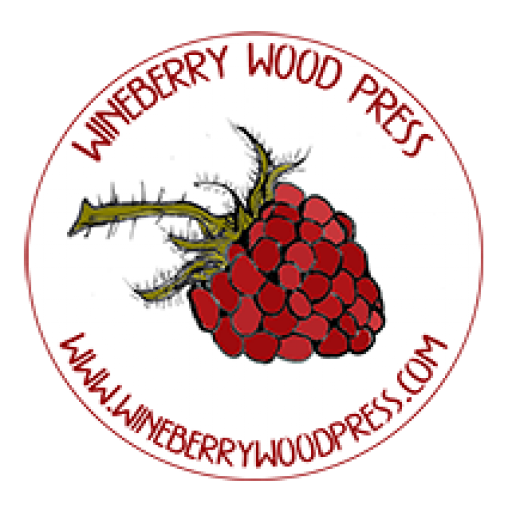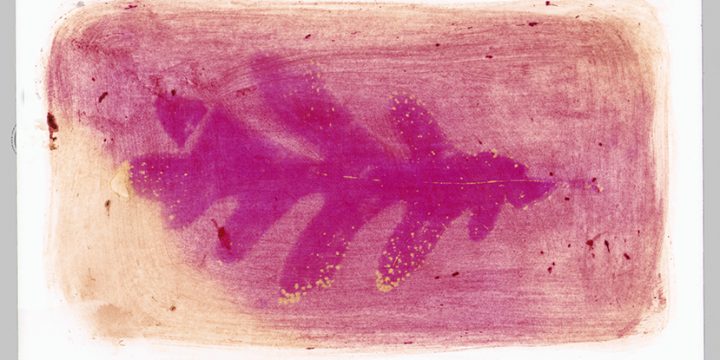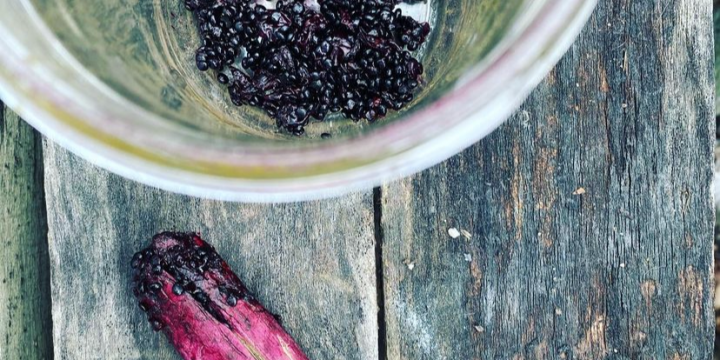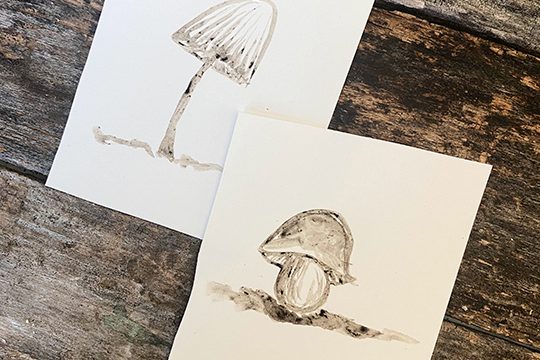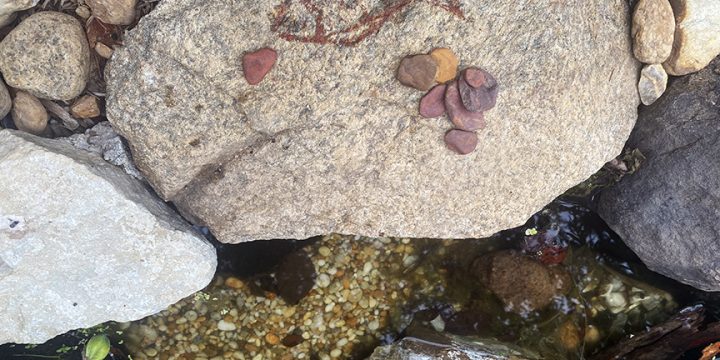
Stream Art & Paint Rocks
One of my favorite things to do while the kids are splashing around and collecting minnows is to look for paint rocks. Paint rocks are actually little chunks of ochre which is a soft rock that has been used as pigment since prehistory. Ochre can be found in various red, yellow and brown shades and largely derives it's color from iron. The best way to test and see if you have found a paint rock is to scratch it on a rock or hard surface. Ochre will not only make a mark, but mix with water to make, an almost creamy textured paint! You can see how it transferred to my fingers in teh picture below. There are a number of things that look like they might be paint rocks…
